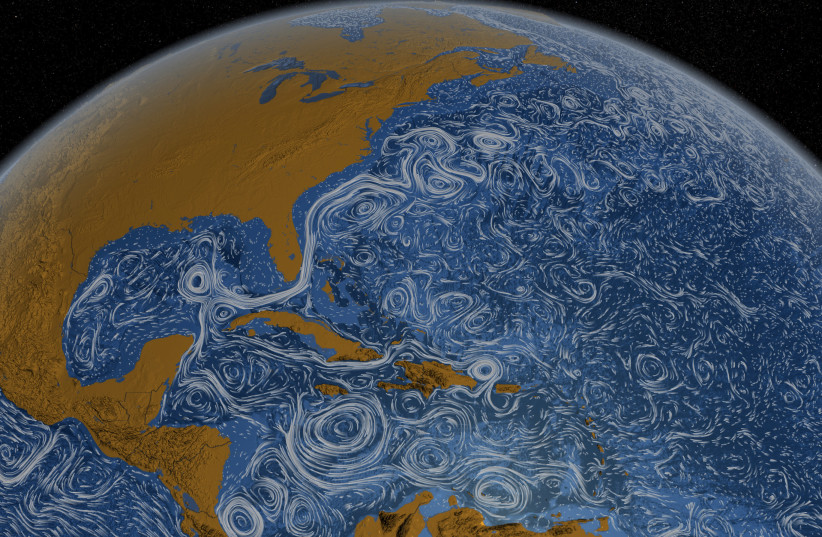Recent archaeological reevaluations claim to have debunked preexisting theories surrounding humans inhabiting North America before the migration from Asia approximately 14,200 years ago. The research was shared in a study released this week in the Plos One scientific journal.
The peer-reviewed study, titled "Late date of human arrival to North America: Continental-scale differences in stratigraphic integrity of pre-13,000 BP archaeological sites," challenged the archaeological evidence found at several sites in North America.
The evidence found at those sites is responsible for the theory supporting human migration to North America earlier than the migration of Asian hunter-gatherers via the Beringia land bridge up to 14,200 years ago.
The study, led by University of Wyoming anthropology department professor Todd Surovell, suggested that those pieces of evidence were misinterpreted.
"Strong evidence for human presence before [up to 14,200 years ago] has yet to be identified in the archaeological record," the study authors stated following an analysis of buried archaeological deposits in sites in Texas and Idaho.

The sites, which are said to contain evidence of earlier human occupation, all showed patterns of significant mixing when compared with other similar sites in Alaska, Wyoming and Pennsylvania, suggesting the findings are not as early as previously thought.
There are few archaeological sites spread across North America that are claimed to be older than 13,000 years old and data gathered in those sites "has been poorly disseminated."
"We must question whether there are any sites in the Americas south of the ice sheets that exhibit an unambiguous and stratigraphically discrete cultural occupation with sufficient numbers of artifacts of clear human manufacture."
While the paper refuses to rule out the possibility of earlier human colonization of America, it does state that if that was the case, human presence "should have produced stratigraphically discrete occupation surfaces, some of which would be expected to have large numbers of artifacts."
